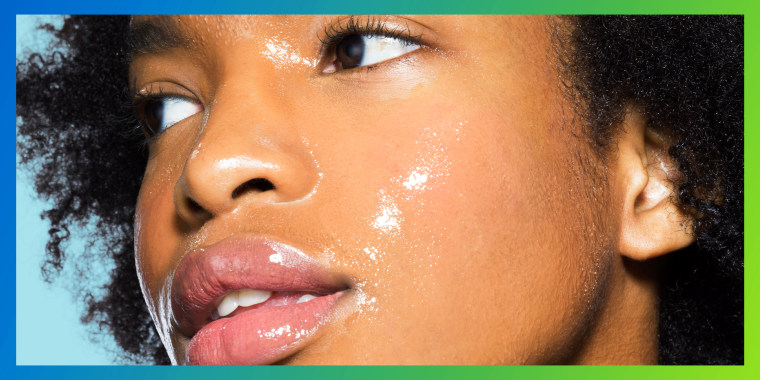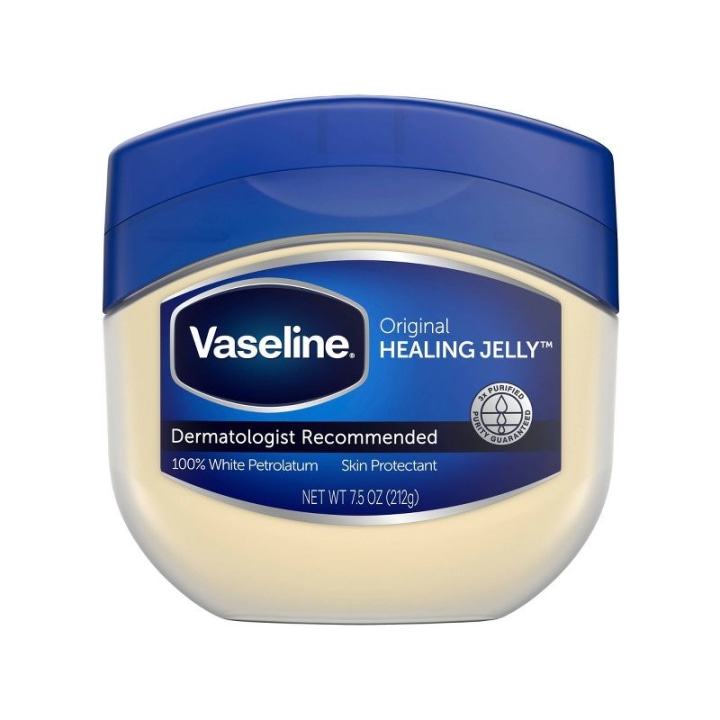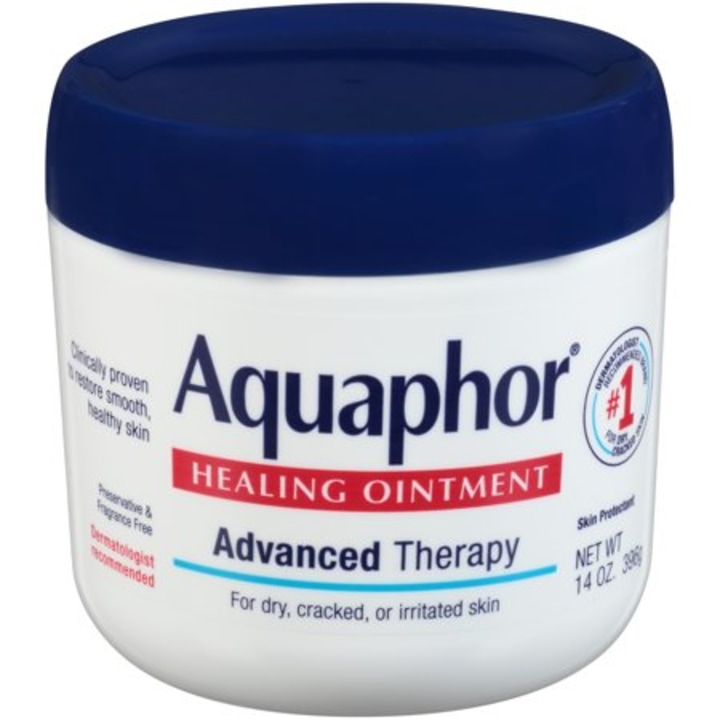Slugging is the latest TikTok skincare trend — the #slugging hashtag has amassed more than 230 million views so far. Essentially, the act of slugging means applying an occlusive — a petroleum-based product like Vaseline, for example — on your face after moisturizing and before going to sleep. The barrier created by the petroleum jelly will help lock in moisture, the thinking goes, and TikTokers have said it helps with their dry or damaged skin.
But does it actually work? We consulted a skin care expert about the benefits and limitations of slugging — and got some useful tips from resident slugger and Select editor Morgan Greenwald.
SKIP AHEAD Highly rated petroleum products | Benefits of petroleum jelly
What is slugging?
Petroleum jelly is an occlusive moisturizer (as opposed to humectant and emollient moisturizers). It may be useful to think of slugging this way: You’re finishing off your moisturizing routine with an occlusive. In this context, the occlusive petroleum jelly acts as an extra barrier to help keep moisture — and your moisturizers — locked in.
Does slugging work?
Applying petroleum jelly to hands after washing them can help keep them hydrated, said Dr. Dina Strachan, a board-certified dermatologist and director of Aglow Dermatology.
And that same principle can apply to your face — and works for Greenwald: When you moisturize your face, an occlusive substance like petroleum jelly can help keep in that moisture. Greenwald says slugging a few times per week has made her skin feel “much more hydrated.” While slugging works for Greenwald, her skin isn’t prone to acne — if that were the case, Strachan said it would impact the benefits of slugging.
Slugging and acne-prone skin
In general, stacking multiple skin care products can lead to issues for anyone with sensitive skin.
“If you’re acne-prone or if you have a skin condition, you want to be careful” about slugging, Strachan said, noting that using several products on your face — which slugging entails — might result in breakouts. “When you get too extreme with things,” she told us, “there's more of a chance that you get irritation, that you get side effects.”
Highly rated petroleum jelly products
If you want to try slugging — or are just looking for some quality petroleum jelly — we gathered these highly rated products with petroleum as a main ingredient. Most petroleum products are fairly similar in composition, and some are just 100-percent petroleum jelly.
Vaseline Original Pure Petroleum Jelly
Many people call petroleum jelly “Vaseline” even when they’re not using the branded product — a sign of the product’s ubiquity. Greenwald uses Vaseline as the last step of her slugging routine, which she says has been effective. The company says its jelly can help with damaged and dry skin and can help protect small wounds. It also has a 4.8-star average rating from over 2,800 Target reviews. We've also recommended it in our guides to healing chapped lips, face moisturizers and hand creams.
Aquaphor Healing Ointment
This ointment contains petroleum jelly as a main ingredient and the company says that the ointment can help moisturize your hands, lips and even cracked feet — it can also help with minor cuts. The ointment has a 4.8-star average rating from over 54,000 Amazon reviews. We also recommended it in our guides to hand creams, healing chapped lips and face moisturizers.
Curad Petroleum Jelly
Curad says this petroleum jelly product can help with diaper rash, rough and dry skin and minor wounds and burns. It has a 4.8-star average rating from over 2,300 Amazon reviews.
How to slug your face
Strachan suggested starting off small with a hyaluronic acid, light lotion and a pea-sized amount of petroleum jelly. Your routine may be slightly different but the mechanics are likely similar: moisturizing routine first, petroleum jelly second. Here’s how Greenwald goes about it:
- Apply nighttime moisturizing routine (in her case: hyaluronic acid serum from Deramatologica and Olay Regenerist Retinol24 + Peptide moisturizer)
- Apply Vaseline petroleum jelly — enough to cover her index finger — to her face to lock in moisture
Other benefits of petroleum jelly
Even if slugging isn’t for you, petroleum jelly might be worth considering keeping in your medicine cabinet. Here are a few benefits of using petroleum jelly around your skin care routine, according to the American Academy of Dermatology:
- Relieving dry skin, lips and eyelids
- Healing minor wounds
- Preventing blisters and irritation from chafing
- Clearing diaper rash
- Reducing nail chipping and brittleness from manicures and/or pedicures
Moisturizers: A brief primer
There are three categories of moisturizers, according to Strachan. She detailed what they are and provided examples for each category below:
- Humectants like hyaluronic acid actually provide water to the face
- Emollients like oils have some occlusive properties: They lock in moisture but they’re more “cosmetically elegant” and smooth
- Occlusives help seal water in, creating a strong barrier between your skin and the air: Strachan said that the best time to apply an occlusive is right after a shower when the skin is moist — “it can help seal water in,” she told us, “but if you don't use it correctly, it can seal water out because it's a good seal.”
Catch up on Select's in-depth coverage of personal finance, tech and tools, wellness and more, and follow us on Facebook, Instagram and Twitter to stay up to date.






